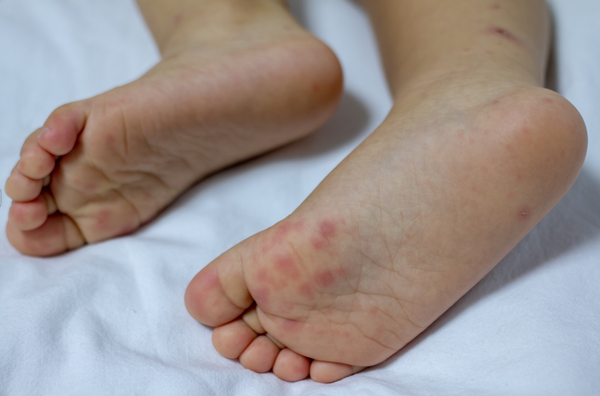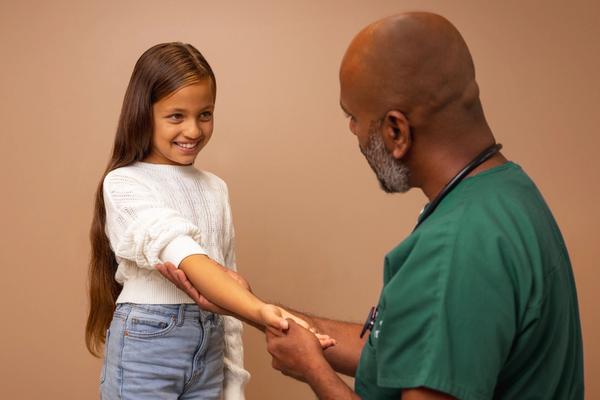Hand, foot and mouth disease
What is hand, foot and mouth disease?
Hand, foot and mouth disease (HFMD) is a common viral infection that most often affects children under the age of 5. It is caused by coxsackievirus, and is characterized by blisters in the mouth, hands and feet.
If you suspect that your child has hand, foot and mouth disease, you can contact Dr. Dropin for advice and assessment. We offer both video consultations and consultations at our clinics.
Book an appointmentRead more about doctor's appointments for children

